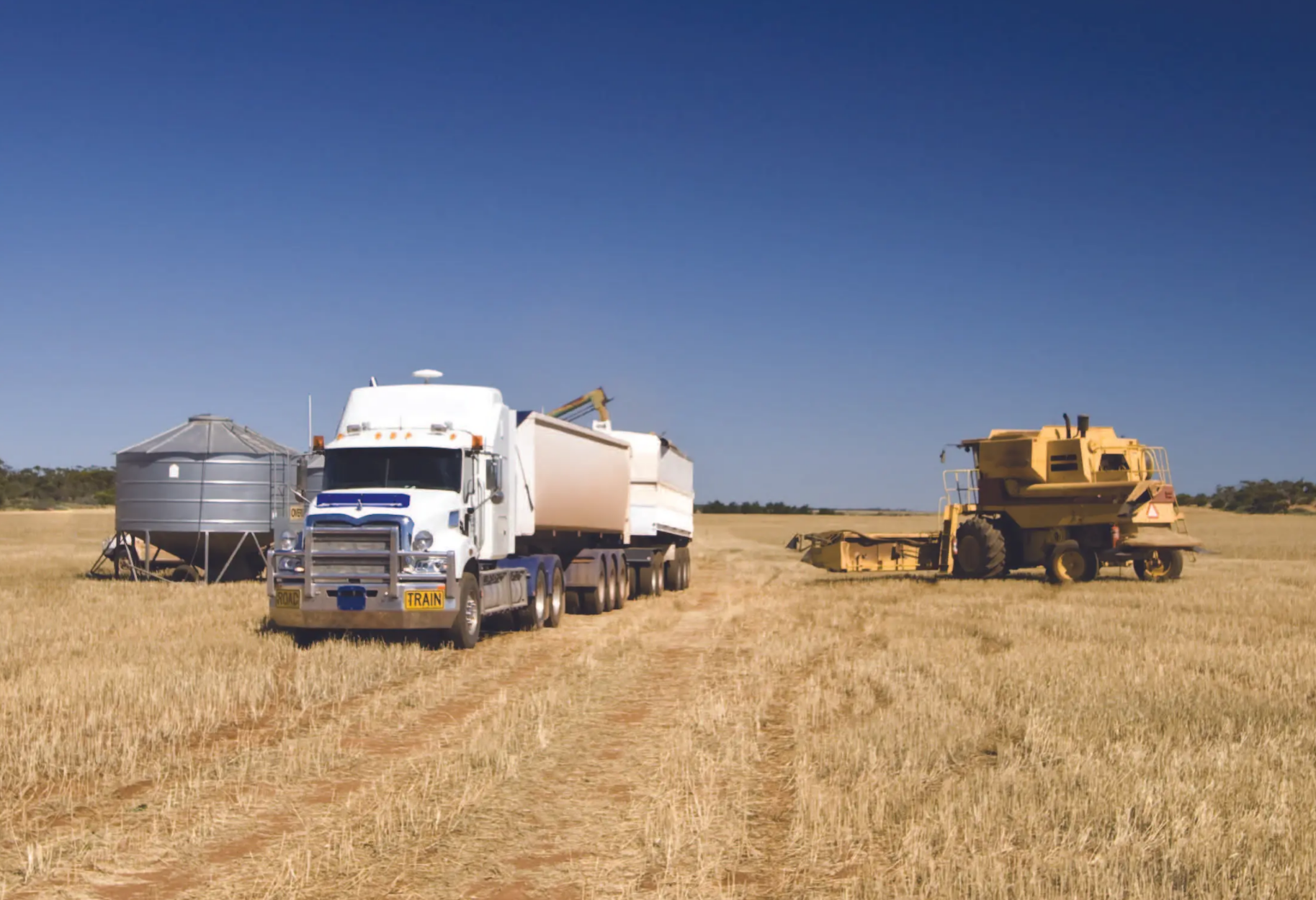Australia’s biosecurity system can seem like a big black box that is hard to understand from the outside with the national and state/territory governments and industry all somehow involved. The term ‘biosecurity’ means different things for different people, everything from quarantining people on the ‘Ruby Princess’ right through to the sign on your front gate about your farm’s biosecurity plan. It’s a big system, with lots of moving parts and for a grower it’s vital that it works. The introduction of a pest like khapra beetle could cost us valuable markets, with a widespread incursion costing Australia an estimated $15.5 billion over 20 years. The recent khapra incursions have been found to mainly result from contaminated sea containers, and with Australia receiving 3 million containers a year this problem is not going away.
Calling for a reset
GrainGrowers is calling for a reset of Australia’s biosecurity system to ensure that it is better positioned to meet modern biosecurity threats. There have been numerous reviews into our biosecurity system and countless recommendations to improve our biosecurity arrangements but there is a sense that these don’t go far enough, or modernise the system quickly enough to manage the increase threats. The 2017 Craik Independent Review of Biosecurity called for a unified strategic framework for the national biosecurity system and this has led to the development of a national biosecurity strategy. Since then, work has been underway between the national and state/territory governments to update agreements and come up with a shared view of what is required.
Greater involvement
The National Biosecurity Strategy is about greater involvement from the Australian community (including industry groups) in the biosecurity system, not just government. GrainGrowers welcomes the emphasis on a shared biosecurity culture and wants to be part of the solution so we can help our growers. We also acknowledge the critical issue of sustainable funding - these systems are costly, and government must ensure there is adequate funding. In saying that, funding along is not much use – it has to be targeted and prioritised.
The next step in the Strategy will be the development of an implementation plan, which is where the rubber hits the road - GrainGrowers has called for clear time-bound plans for implementation and improvement with specific plans to address priority issues such as skills, research and investment. We are mindful that an emphasis on ‘quick wins’ at the expense of implementing the most needed measures is an easy option for government but not what the system really needs. GrainGrowers is calling on the Government to identify robust and transparent methods for prioritising biosecurity activities.
Constructive and positive change
GrainGrowers sees the work underway to develop a National Biosecurity System as a way of bringing about constructive and positive change to better position Australia’s biosecurity system to address current and future threats. We believe that successful implementation of the National Biosecurity System can help give industry confidence and avoid significant costs to growers and industry.
Words by Zach Whale, GrainGrowers General Manager Policy & Advocacy
